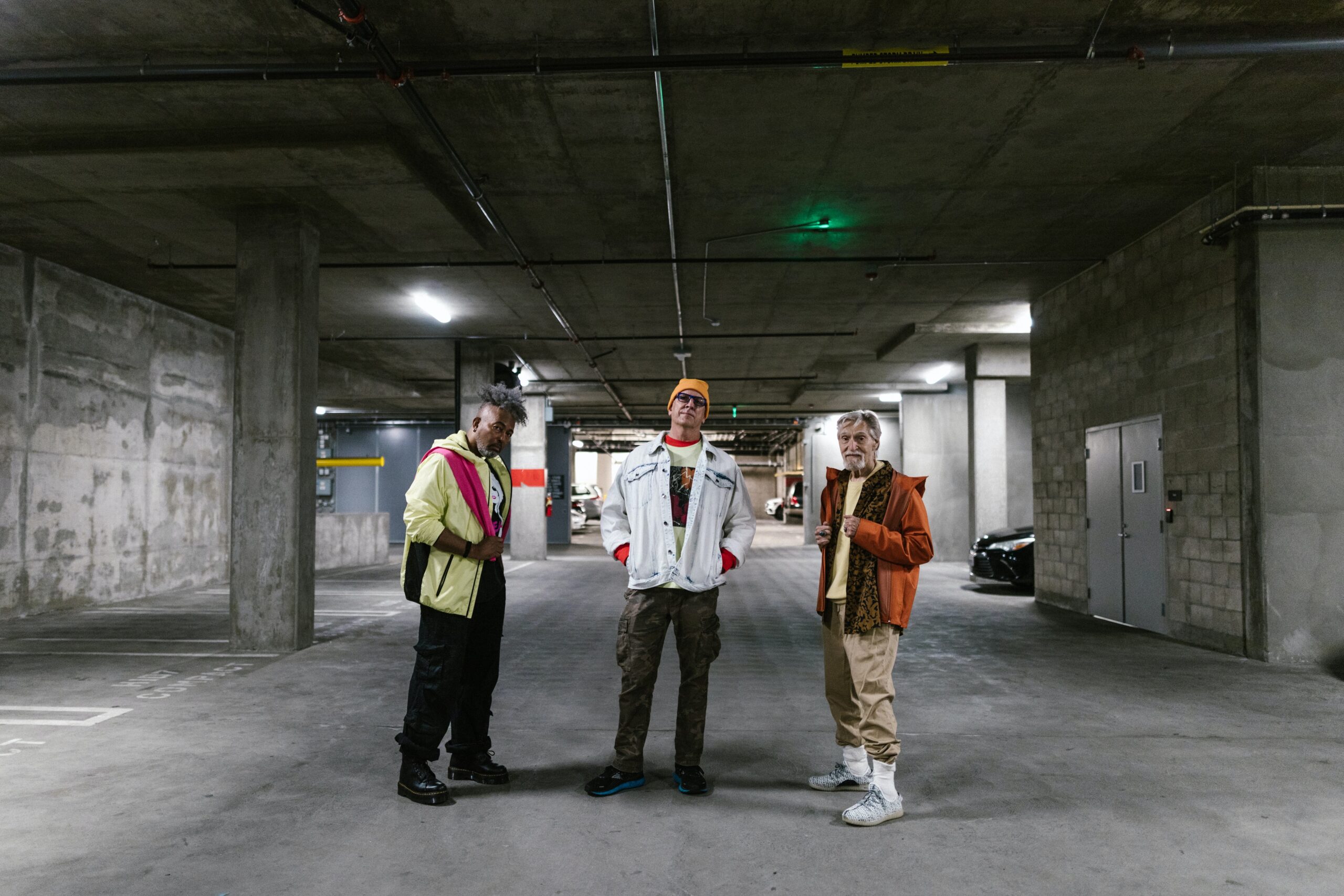BACK IN TIME FOR SUSTAINABLE FASHION
Date
- Published May 1st, 2022
'Fashion is an expression of a time, of a place, of history. It's putting things into context'
Nina Garcia

Over several years beginning in the 19th century, there has been increasing interest in our environment, its vulnerability, and ways to preserve it. The Industrial Revolution at this time brought about the creation of new technologies, which fueled the massive production of fashion textiles and products, each unique in their design and function. The new ways of manufacturing and producing clothes resulted in fast-fashion production—cheaper and more accessible clothing. However, these advancements came with costs as well.
From that time, capitalism driven by mass consumerism has steered more people towards a culture of materialism, and a lot of people started accumulating lots of clothes in their closets while only wearing some once.
Pollution from the textile industry has since risen to an alarming rate—becoming second only to the oil industry. The fast fashion industry has greatly contributed to greenhouse gas emissions and created a large carbon footprint and causing the problem of climate change.
Sustainable fashion is a movement that has been in motion since the 1900s to address these problems but has only recently come to limelight. The movement goes beyond just addressing sources of fashion materials, but the means of production, the producer, durability, and disposal of these products.
The founders of sustainable fashion were a group of young people branded as hippies who advocated for the utilization of natural materials in the 1970s. Other similar movements like the punk and rock movement, also contributed in some way through the promotion of second-hand and vintage fashion.
Over the years, many organizations have been created in support of the sustainable fashion movement. The 80s saw the establishment of the People for Ethical Treatment of Animals (PETA), a popular animal rights organization that kicked against the use of fur and other animal materials in fashion.
In 1989, the World Fair Trade Organization was formed to help combat injustice, poverty, gender inequality, and climate change. It also aimed to help economically marginalized farmers and producers to provide more sustainable fashion materials.
The Global Organic Textile Standard (GOTS) was the first of its kind to be created in 2002 for sustainable fashion. It highlights the best practices the textile industry must follow to ensure the highest quality of fabrics to consumers. Today, many more standards have been created and awarded to brands or companies that utilize natural fibers.
Some notable organizations who have actively entered the space include The United Nations, which created the Alliance for Sustainable Fashion as part of its Sustainable Development Goals (SDG) plan in 2011 to halt fashion’s environmentally and socially destructive practices.
The European Clothing Action plan was also launched in 2015 as a response to the problem of pollution caused by the fashion industry. The plan aims to reduce the amount of waste produced in the fashion industry using eight actionable steps.
All these organizations and brands and many more not mentioned in this article have contributed over the years towards the reduction of pollution and fast fashion. It is crucial that they have come on-board now as we are already facing a crisis of depleted natural resources and a dying planet that desperately needs rescuing.
The slogan of the sustainable fashion movement, “Green is the new black,” should be part of everyone’s life. As much as development is essential to human survival and needs, it shouldn’t be at the detriment of others, most importantly the future generations.




